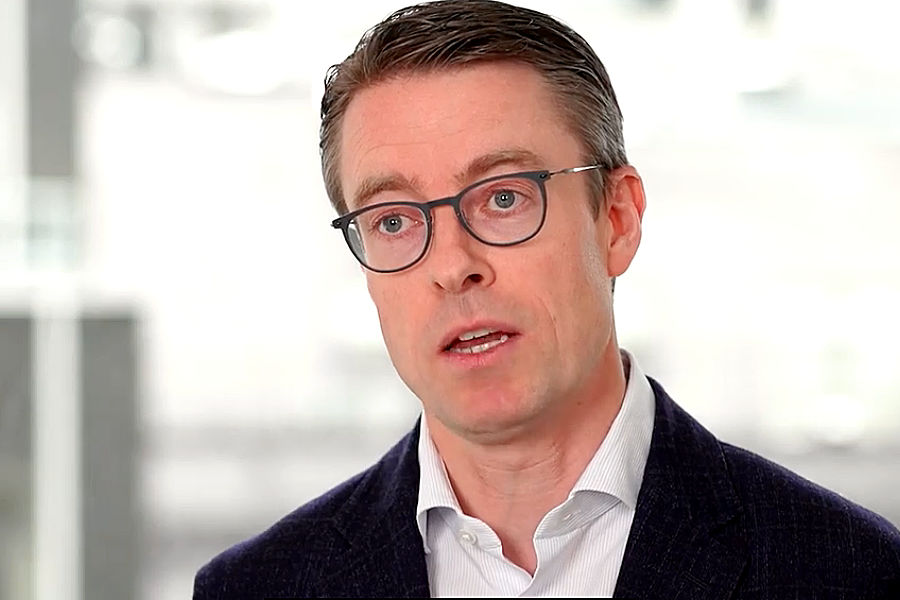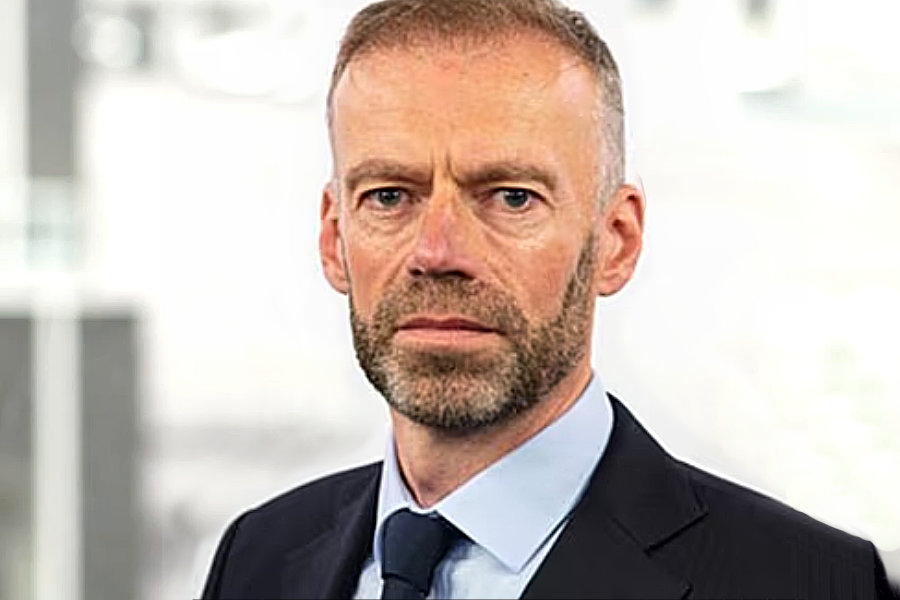Barry Gill, head of investments, UBS Asset Management has said that the market volatility seen in US markets following Trump’s 2016 election victory may not be replicated in 2024 regardless of the outcome. However, he and colleague Jonathan Gregory, head of Fixed Income for the UK and senior portfolio manager at UBS Asset Management, did note deficit spending may drive politicians to try and change central bank mandates.
“The difference between today and 2016, is that the Trump was an unknown in 2016,” Gill says, speaking at a lunch briefing. “And that created the potential for significant volatility. Even in 2020, when Biden came in, he was an unknown quantity, we didn’t know where it would go. This time around, assuming Trump gets the nomination, we know both. I was recently listening to Larry Summers, and to the people in the know, it’s a 50/50 [chance of either winning]. It’s too difficult to call. As a result, we’re sort of in a holding pattern.”
He argues that volatility would have to come from an unpredictable pivot on core policies for either candidate.

“Is Trump going to make it up formally commit to NATO?” he asks. “Is he going to formally commit to funding Ukraine? I don’t know. These would be 180 degree pivots for him. What I would really care about from a market volatility standpoint, is if there was going to be a change in the outlook for deficit spending. Trump brought in the unfunded tax cuts in 2016. Biden came in with the IRA, the CHIPS Act, etc. US politicians only seem to agree on two topics; be hard on China, and spend your way to growth. So if you want to get an about face to create volatility in the markets, you change the trajectory of fiscal policy. That will have knock on ramifications for every financial asset class, and it’s not in the default assumption.”
Where politicians agree on issuing more debt, the limited ability of the market to absorb tax breaks funded via the bond market could be quite challenging.
“Part of that is a decline in international sovereign buyers of US Treasuries, the Chinese and the Japanese have been rolling over in terms of their overall appetite,” he says. “Everybody else in the market is effectively return seeking and return maximising, while [investors are] not getting compensated via the term premium in the markets. Deficit spending is the defining topic of the next 10 years and there’s a lot more circumspection in Europe with respect to that, than there is in the US.” In Q3 we saw 5.2% GDP growth, and ran a 5.7% deficit, you’ve never had that level of deficit spending at this point in the economic cycle. It’s truly unusual, but I think it’s truly persistent.”

Gregory adds, “There’s a good structural case for saying that government deficits are going up and up. People want better services and lower taxes. Hypothetically, with the US election we already expected some big deficits [and they might] they get bigger as a result of the election. Then what? At face value, if you stick with the Fed and the 2% inflation target, but there’s a meaningful change in the fiscal span, rates are going to go back up. That has one set of implications. But there’s a plausible scenario, hand-in-hand with bigger fiscal deficits, of a recognition that we need to twist the central bank mandate, because whoever the President is, doesn’t want the Fed trying to act against what they are doing. So you might get a bigger fiscal spend, and some sort of mandate change. We don’t know the answers, but it’s beholden on everybody to think about these alternative futures, and what the implications are for markets.”
It is incumbent on investment managers to understand how the growing deficits will impact economies over the longer term, and the potential for this to eventually start limiting government spend.
“If you look at the modelled deficits from the Central Budget Office (CBO) they model just 3% to 4% long term funding cost for US government,” says Gregory. “By 2050, the US government would be spending 7% of GDP on interest payments. That is the number that Brazil spends on interest payments today. That is a scary place to go, that’s more money on interest payments that we spend on the entirety of Medicare at that point in time. The US could raise taxes, for example there’s no VAT in the US, but that’s very unlikely. There’s no desire to do that. They could cut benefits. There’s no desire to do that either. The path of least resistance is deficit spend. And as I keep using this quote, John Connolly, US Treasury Secretary 1971, the dollar is our currency, but it’s your problem. The release valve is the dollar. And that’s the longer term trajectory.”
©Markets Media Europe 2025













